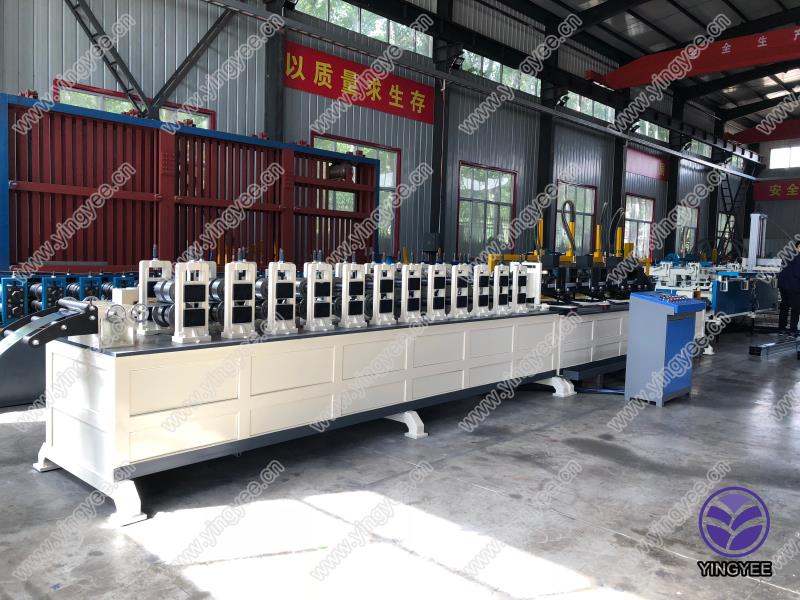
Understanding Automatic C/Z Purlin Forming Machines
In the realm of modern construction and manufacturing, efficiency and precision are paramount. One of the innovations that have significantly transformed the landscape of metal fabrication is the automatic C/Z purlin forming machine. This advanced equipment specializes in the production of C and Z shaped steel purlins, which are essential components in building frameworks, particularly in steel structures.
What are C/Z Purlins?
Before delving into the machine itself, it’s essential to understand what C and Z purlins are. Purlins are horizontal supports that play a crucial role in the framework of buildings. They are typically used to support roof and wall sheets in a structure. The C and Z designations refer to the shape of the metal profiles, which dictate their load-bearing capabilities and how they fit together in construction.
C purlins have a C-shaped cross-section, while Z purlins are Z-shaped. The unique shapes of these purlins allow them to overlap when placed next to each other, providing superior strength and structural integrity. Their versatility makes them suitable for various applications, including industrial sheds, commercial buildings, and agricultural structures.
The Functionality of Automatic C/Z Purlin Forming Machines
Automatic C/Z purlin forming machines are designed to increase the efficiency of purlin production. These machines can quickly and accurately produce purlins of varying dimensions based on project requirements. The automation aspect allows for a high degree of precision, minimizing human error and waste.
Typically, these machines come equipped with various technological features, such as digital controls, programmable settings, and high-speed roll forming processes. The production line usually involves several steps feeding raw material, shaping the steel into the desired C or Z profile using rollers, cutting the formed purlins to specified lengths, and finally, stacking the finished products for easy transport.
One significant advantage of automatic forming machines is their ability to produce purlins on demand. This means that construction companies can order customized sizes and profiles without excessive lead times, reducing delays in construction schedules. Moreover, the automation of this process reduces labor costs while enhancing output.
Applications

The application of C/Z purlins spans a wide array of industries, reflecting their importance in construction. In commercial buildings, they are often used to support roofs and walls, providing structural stability without the need for heavy, cumbersome supports. They are equally vital in agricultural buildings where large, open spaces are needed for livestock or equipment storage.
Additionally, C/Z purlins are extensively used in the manufacturing and warehousing sectors, where clear span spaces are crucial for operational efficiency. Their lightweight yet robust design allows for the construction of large-scale structures that can withstand varying loads and environmental conditions.
Advantages of Using Automatic C/Z Purlin Forming Machines
1. Efficiency The automation of the forming process significantly speeds up production times compared to manual methods.
2. Customization Machines can be easily programmed to produce different sizes and shapes, accommodating diverse project specifications.
3. Cost-Effective Reducing labor costs while increasing output creates a more profitable production environment.
4. Quality Control Automated systems often have built-in quality checks, ensuring that each purlin meets strict industry standards.
5. Reduced Waste Precise cutting and forming minimize material wastage, contributing to more sustainable practices.
Conclusion
In summary, automatic C/Z purlin forming machines epitomize the efficiency and precision necessary for modern construction. By automating the production of these vital structural components, manufacturers can provide tailored solutions that enhance the integrity and reliability of building frameworks. As technology continues to evolve, these machines will no doubt play an even more significant role in shaping the future of the construction industry.